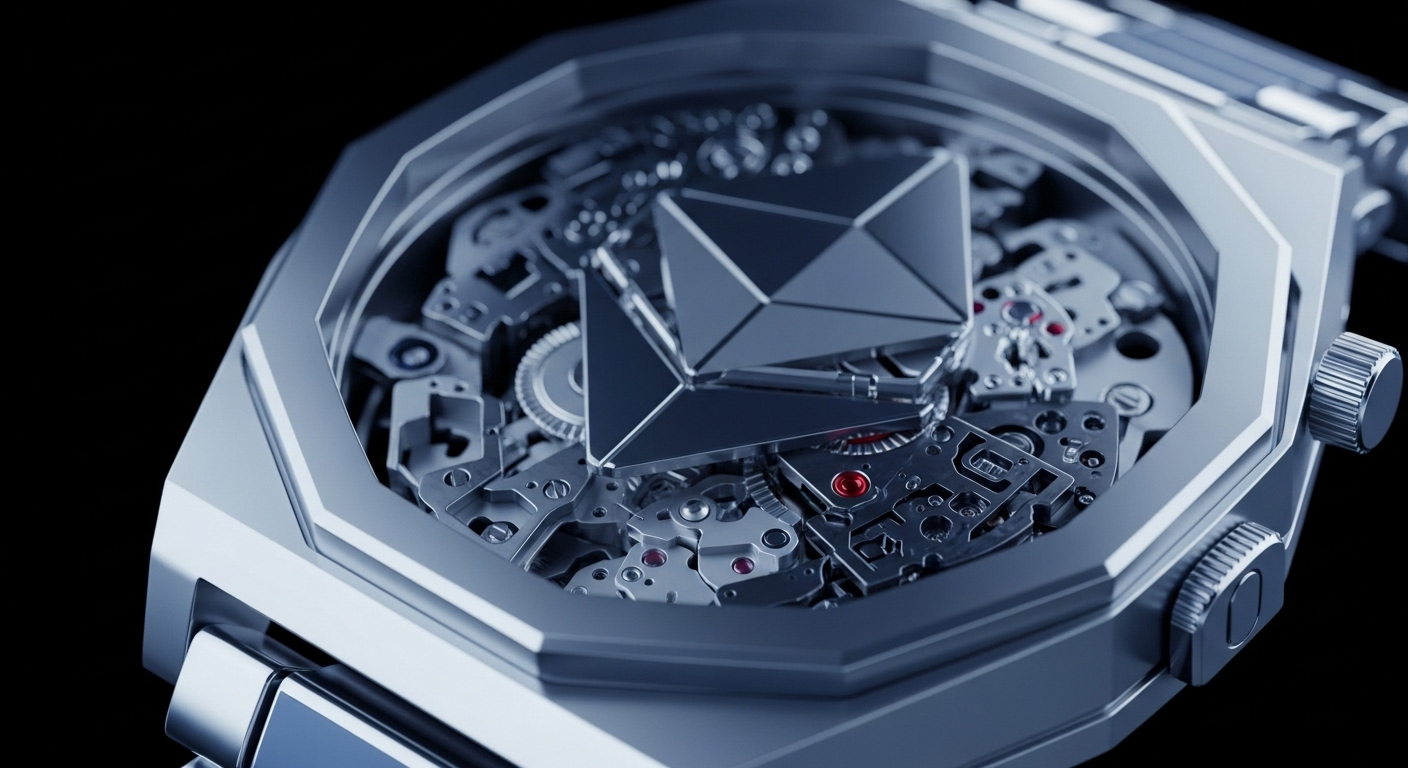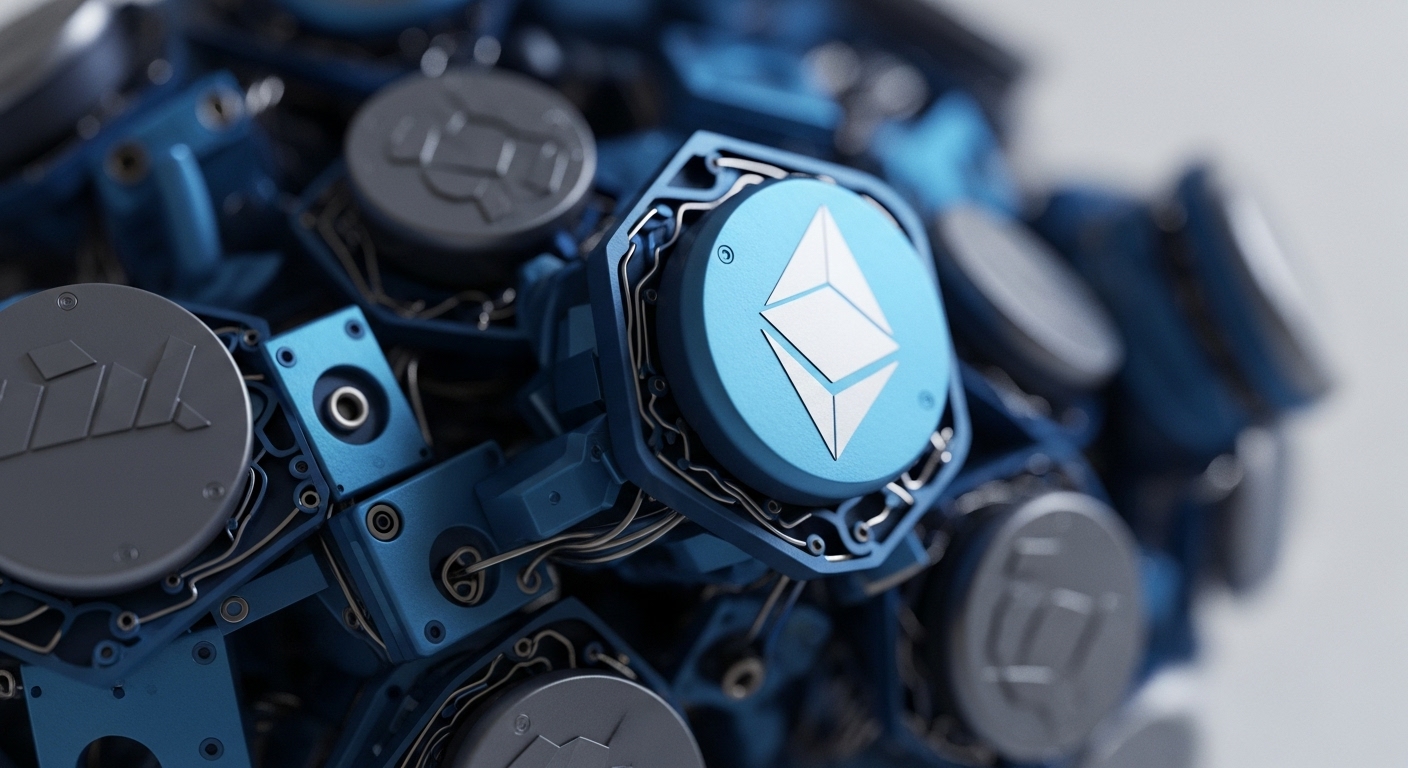
Briefing
Vitalik Buterin introduced the Goldwasser → Kalai → Rothblum (GKR) protocol, a recursive proof aggregation method that directly addresses the computational bottleneck in Ethereum’s scaling roadmap. This innovation allows for the verification of large computation batches with minimal on-chain overhead, establishing a new primitive for faster and cheaper proof processing across all Zero-Knowledge (ZK) rollup architectures. The primary consequence is a systemic reduction in the cost and time required for Layer 2 finality, directly supporting the long-term vision of a “Lean Ethereum.” This shift is quantified by the protocol’s ability to process proofs in logarithmic time , a massive efficiency gain over conventional ZK systems.

Context
The prevailing challenge in the rollup landscape before this development centered on the high computational and gas costs associated with verifying complex ZK-SNARK and ZK-STARK proofs on the Ethereum mainnet. While rollups successfully abstracted execution off-chain, the finality step → submitting and verifying the validity proof → remained a significant source of friction and expense. This constraint limited the throughput and capital efficiency of Layer 2s, particularly for high-frequency or data-intensive applications like AI inference and large-scale gaming. The ecosystem required a new, more efficient cryptographic primitive to aggregate proofs and minimize the data footprint of scaling solutions.

Analysis
The GKR protocol alters the application layer by fundamentally changing the system’s cost structure for data verification. It achieves this by allowing provers to omit costly intermediate commitments during the verification process, a critical architectural change. This design enables proof aggregation to be completed in logarithmic time relative to the computation size, which is a key driver for scalability. For the end-user, this translates directly into faster transaction finality and lower fees across all ZK-based rollups.
Competing protocols relying on older proof systems will face immediate pressure to integrate GKR or a similar primitive to maintain a competitive cost basis. This is a systems-level improvement that enhances the defensibility of the entire Ethereum-aligned modular ecosystem by making the core security mechanism dramatically more capital efficient.

Parameters
- Proof Verification Time → Logarithmic time processing. This is the efficiency measure for verifying proofs, indicating a massive reduction in computational load as the transaction batch size increases.
- System Alignment → Supports the “Lean Ethereum” vision. This is the strategic roadmap goal of simplifying the core protocol and offloading complexity to the Layer 2 ecosystem.
- Core Feature → Omission of intermediate commitments. This technical detail is the source of the protocol’s improved efficiency and lower on-chain overhead.

Outlook
The GKR protocol is poised to become a foundational building block, or “money lego,” for the next generation of modular dApps. Its core efficiency primitive is likely to be forked and integrated rapidly into all major ZK-rollup frameworks to unlock new levels of throughput. The next phase of the roadmap involves integrating GKR with existing ZK-SNARK and ZK-STARK wrappers to combine its succinctness with full zero-knowledge privacy. This innovation creates a new competitive advantage for Ethereum’s scaling solutions in the broader Layer 1 landscape, setting a new benchmark for cryptographic proof efficiency that other ecosystems must now match.

Verdict
The introduction of the GKR protocol is a critical architectural upgrade that establishes a new, higher ceiling for cryptographic efficiency, fundamentally accelerating the scalability and long-term viability of the entire ZK-rollup ecosystem.
